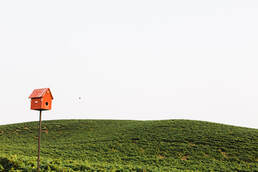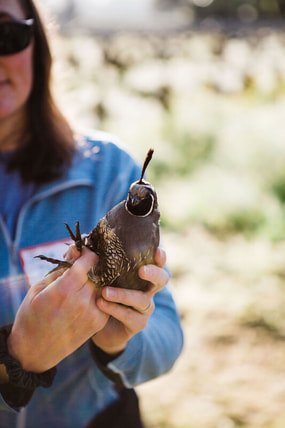

|
Falconry
Birds of Prey Pros:
Physical Barriers Netting Pros:
Noise Deterrent Tactics Dogs Pros:
Pros:
|
Visual Scaring Techniques
Some basic visual scaring techniques include:
New Technologies Lasers
Ultrasonics
Additional Resources |
|
